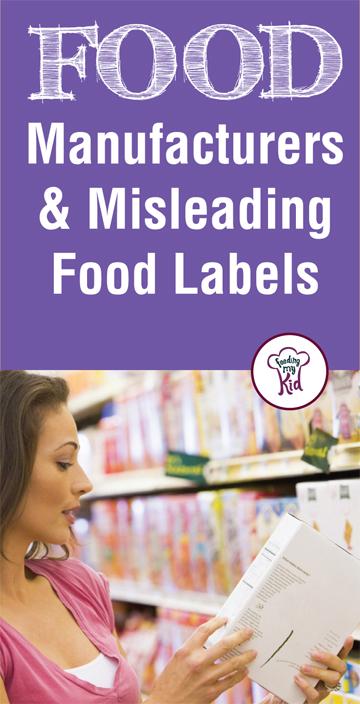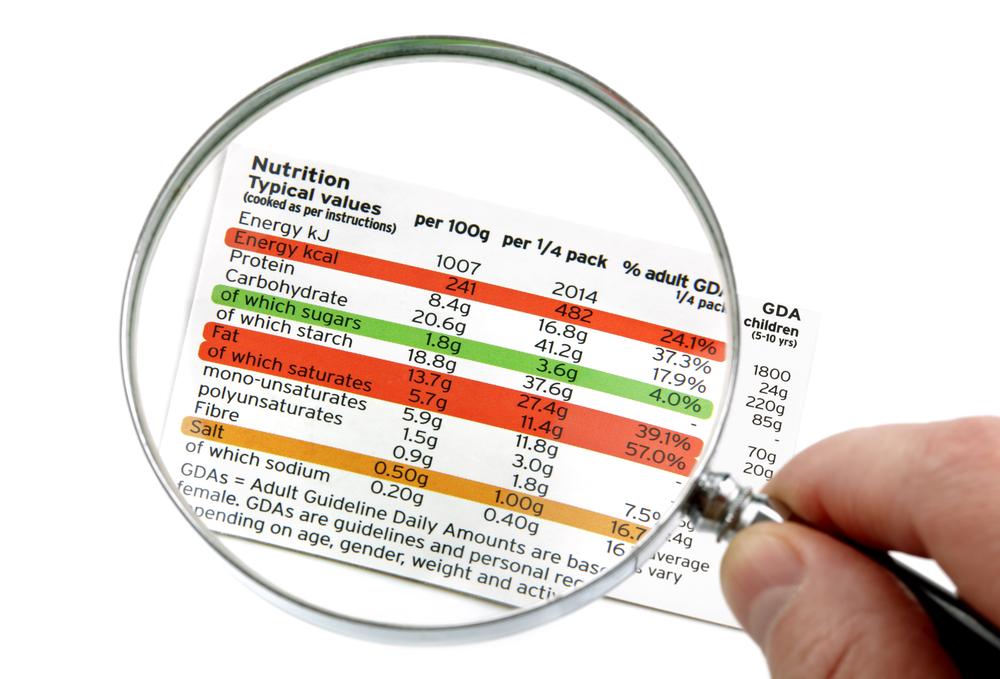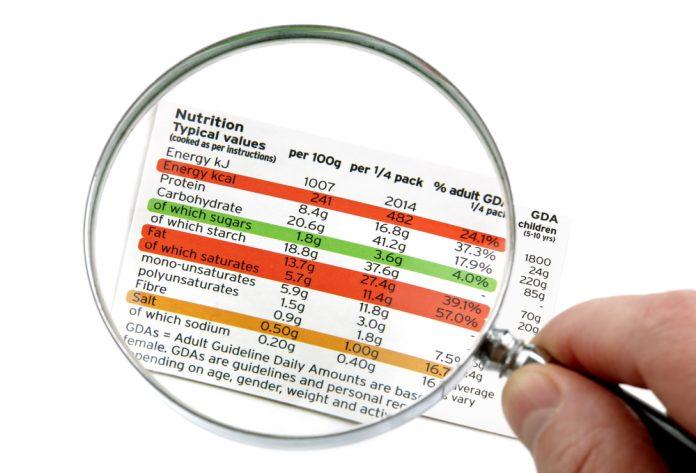
Reading Food Labels Shouldn’t Be This Scary
Turning over a package of cheese to read the ingredient list on the back shouldn’t feel like witnessing the shower scene in Psycho.
Yet, I still can’t help but shudder. Fear the dark. Fear the dentist. Fear the abundance of zombie shows on TV. Fear of reading food labels. Like their subject matter, they just will not die.
Why food, though? Why can’t we trust the food we buy? Sadly, the more I learn to decipher the ingredient lists on food packages, the more concerned I get.
Take a look at our article about reading food labels.
The Monster Lurking Under Your Bread
If you’re like me, you don’t get cravings for mulch sandwiches or bark chips and dip. When you smile for the camera, you don’t say “cellulose.” That’s why I was upset recently to learn a little secret about shredded cheese. It’s something I often feed my toddler. I thought it was just cheese. However, I found that it typically contains something called cellulose, which comes from wood. It may also derive from wood by-products. It found its way to the world of cheddar and parmesan because it helps prevent shredded cheese from clumping together. You might also find cellulose used as a phony way to enhance a food’s fiber content. If you see “added fiber” mentioned on a package, check the ingredients list for cellulose. We may have no need to worry about cellulose. It is organic matter. However, our bodies do not benefit from this substance. So I’d like to choose whether to consume it or serve it.
Food Label Letdowns
 The FDA allows companies to add cellulose to foods, so long as it makes up only 2 to 4 percent of a product. Some companies have crossed that line, without letting consumers know via food labels. Bloomberg News revealed the problem when it had an independent lab test store-bought grated cheese for wood-pulp content:
The FDA allows companies to add cellulose to foods, so long as it makes up only 2 to 4 percent of a product. Some companies have crossed that line, without letting consumers know via food labels. Bloomberg News revealed the problem when it had an independent lab test store-bought grated cheese for wood-pulp content:
“Essential Everyday 100% Grated Parmesan Cheese, from Jewel-Osco, was 8.8 percent cellulose, while Wal-Mart Stores Inc.’s Great Value 100% Grated Parmesan Cheese registered 7.8 percent, according to test results. Whole Foods 365 brand didn’t list cellulose as an ingredient on the label, but still tested at 0.3 percent. Kraft had 3.8 percent.”
Cheese Grater To The Rescue
My household has decided to forgo the convenience of shredded cheese. Instead, our cheese grater gets a little more exercise than it used to. We buy mozzarella and cheddar in block form and then grate it ourselves. We also buy feta in block form and crumble it ourselves. It doesn’t take much extra effort. As a bonus, we save a little money, too. Shredded cheeses tend to cost more per ounce than block cheeses.
Conquering Food Fears
It’s important that we don’t let our food fears get the better of us. When a person gets too fixated on righteous eating, a condition can actually develop Orthorexia Nervosa. It’s not currently recognized as a clinical diagnosis. However, the very fact that this label exists shows that many people share a deep concern to eat healthy. We all want our kids to eat well and be healthy. We probably shouldn’t use fear as a way to accomplish this, though. Let’s just agree to do the best we can.


